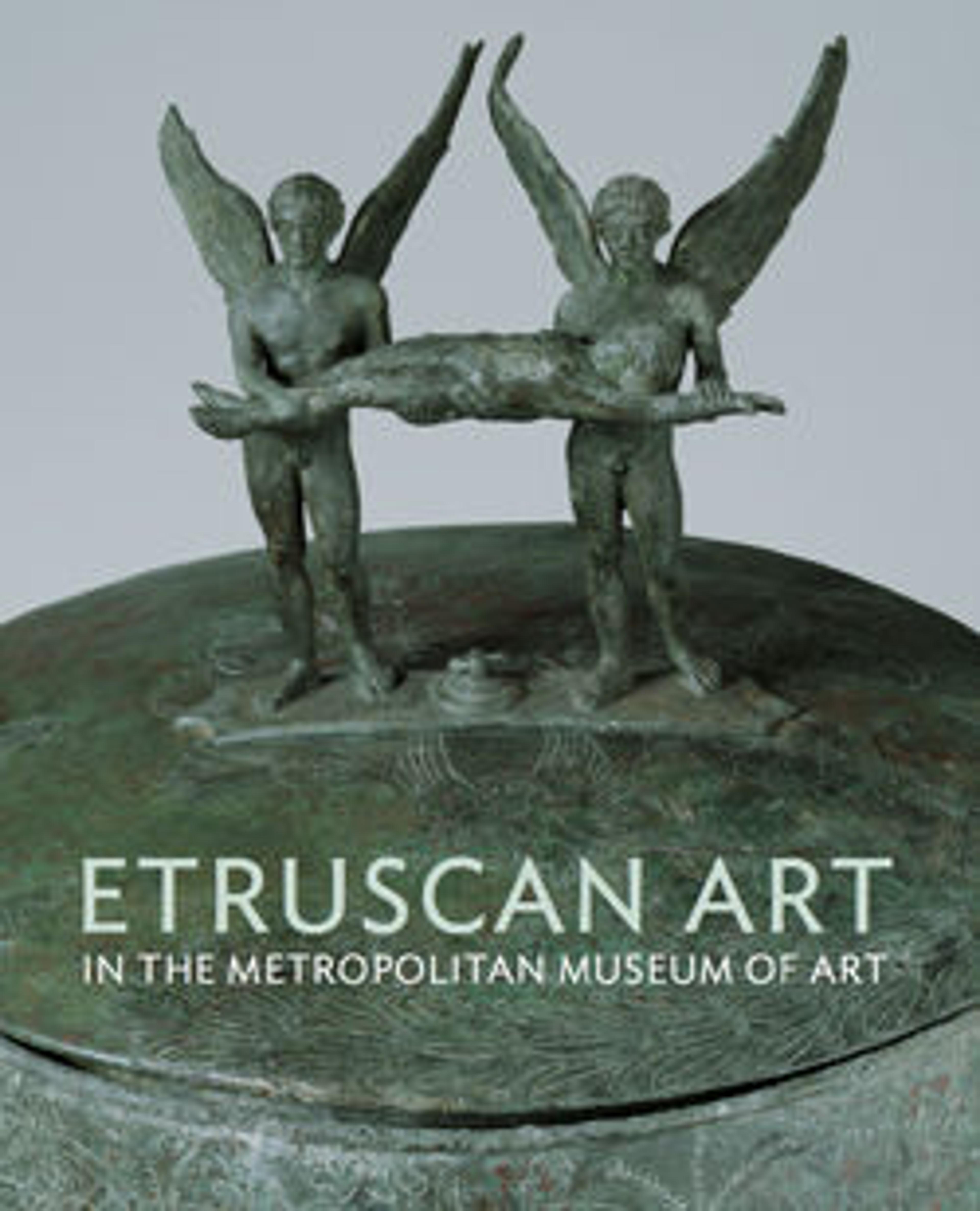Gold ring
This large gold ring is one of 43 objects in the museum's collection from a single tomb discovered near Bolsena, north of Rome. While the ring no longer has the gem that once filled its sizeable ovoid bezel, it is inscribed on either side with the Etruscan word SUTHINA, indicating that this object was dedicated as a tomb offering. The words were not etched into the ring but rather were formed by a series of small, discrete punched dots. This item of jewelry, along with a number of the other objects in the tomb, probably belonged to the deceased in life and was then marked accordingly upon his or her death.
Artwork Details
- Title: Gold ring
- Period: Late Classical or Hellenistic
- Date: late 4th or early 3rd century BCE
- Culture: Etruscan
- Medium: Gold
- Dimensions: Diam.: 1 1/4 in. (3.2 cm)
- Classification: Gold and Silver
- Credit Line: Rogers Fund, 1903
- Object Number: 03.24.34
- Curatorial Department: Greek and Roman Art
More Artwork
Research Resources
The Met provides unparalleled resources for research and welcomes an international community of students and scholars. The Met's Open Access API is where creators and researchers can connect to the The Met collection. Open Access data and public domain images are available for unrestricted commercial and noncommercial use without permission or fee.
To request images under copyright and other restrictions, please use this Image Request form.
Feedback
We continue to research and examine historical and cultural context for objects in The Met collection. If you have comments or questions about this object record, please contact us using the form below. The Museum looks forward to receiving your comments.
